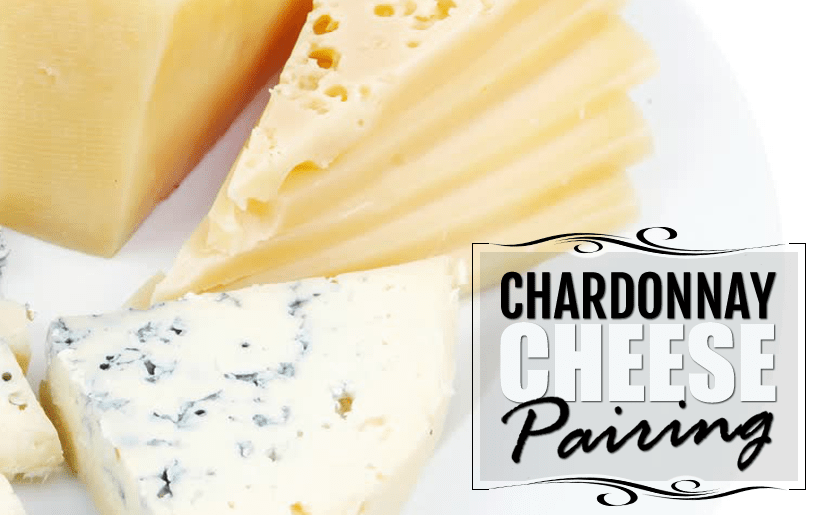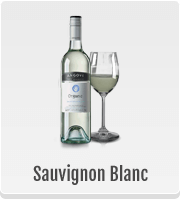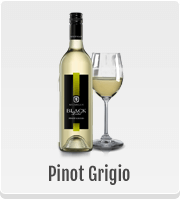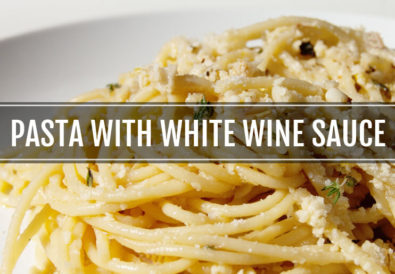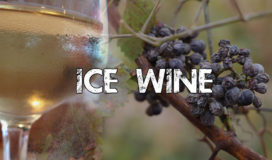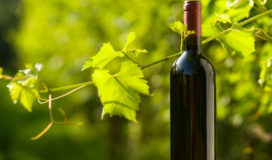In a recent blog post, your favourite online wine seller, Just Wines, deciphered a Chardonnay wine’s flavour profile and recommended food pairing accordingly. Today, let us discuss everything about Chardonnay and cheese pairing – including ‘why’ certain cheeses make for good matches with this wine, which is an aspect of the subject that is mostly missed by online resources.
What kind of cheese goes with Chardonnay?
For reasons of practicality, we are only going to recommend cheeses which are easily available in Australia and New Zealand. We understand that our audience may not be able to get its hands on variety, which, say is produced in a remote French village.
- Category: Hard/ Firm cheese
Variety: Gruyère
With its Swiss origins (The name Gruyère comes from Gruyères, a town in Switzerland.), this is a rather versatile cheese. Made with cow’s milk, its flavour is best described as ‘nutty’.
For the layman, let’s say that it’s not strong, has a pleasing sweetness to it, which combined with cheesy saltiness, bowls you over. While the texture of the cheese is hard, it has great melting properties. The ripe fruit flavours of Chardonnay and its crisp character goes very well with Gruyère.
Serve it with a glass of the white wine and a bowl of fresh berries – amazing! - Category: Soft cheese
Variety: Camembert
One of the most famous French cheeses, it takes its name from the village of Camembert, where it originated. Produced using cow’s milk, its most striking characteristic is its molten, thick, rich, lava-like centre! Comparisons between this variety and Brie are widespread, with both being, A) soft cheeses (Hence very similar textures), B) crafted with cow’s milk, and C) from France. If you have tried Brie, let’s say that Camembert has a stronger, more substantial flavour. If you haven’t, think about the taste of this smooth, liquidy cheese as subtly sweet and milky. Chardonnay and Camembert is an unbelievably complex and brilliant partnership – for one, a sip of the wine cuts through the rich creaminess of the cheese (due to the acidity). Two, the subtle fruit flavours in the wine don’t get overwhelmed by the Camembert, or vice-versa. In fact, both enhance each other.
Ensure that your Chardonnay isn’t too oaky as that would mean reduced fruitiness. Serve with the Camembert, and apples for a soul-satisfying experience! - Category: Blue cheese
Variety: Shropshire Blue
Foremost, if this range isn’t available at your supermarket, go for English Stilton instead. It’s more easily accessible.
Hailing from the UK (It originated in Scotland.), Shropshire Blue is also made with cow milk, like the above two listed varieties. As you slice it for a platter, you notice its slightly sour/ tangy aroma. If you are well-versed with blue cheeses, you will find that its aroma to be comparatively milder than the others. A bite reveals its rich and creamy texture (If you have tried Stilton, this one is creamier.), accompanied by a strong taste. There is a sharpness to it.
To explain the taste further, let’s say that the tang on the nose reflects in the mouth, where it is joined by classic saltiness associated with any cheese. The richness of a buttery and oaky Chardonnay echoes with the creamy flavour profile of Shropshire Blue. A variety like this one can ‘stand up’ to this style of Chardonnay, without getting overwhelmed by the wine.
Serve this cheese accompanied by a full-bodied Chardonnay. Sheer indulgence!
Which of these are you most likely to serve for a wine and cheese party?

